Non-Foliar Feeding
kubotabx2200
16 years ago
Related Stories

DECORATING STYLESGypsy in Your Soul: 10 Steps to a Bohemian Bedroom
If your inner boho is clamoring to be released, feed your fantasies in a gorgeously unconventional bedroom
Full Story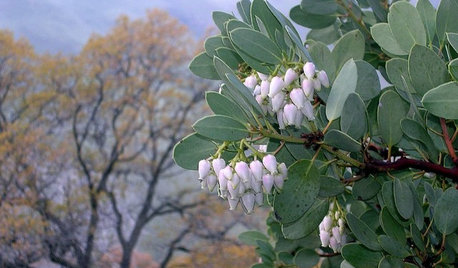
GARDENING FOR BUTTERFLIESGreat Design Plant: Arctostaphylos Glauca Nourishes and Delights
Make big berry manzanita a center-stage specimen and watch the evergreen feed wildlife through the seasons
Full Story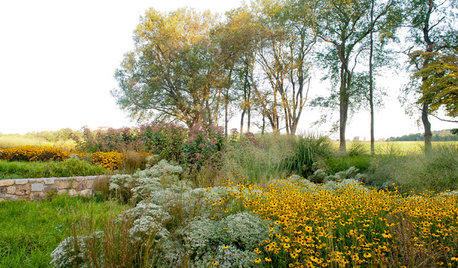
GARDENING GUIDES10 Essential Wildflowers for the U.S. Central Plains
Focusing on prairie wildflowers supports the most wildlife in a low-maintenance Plains landscape
Full Story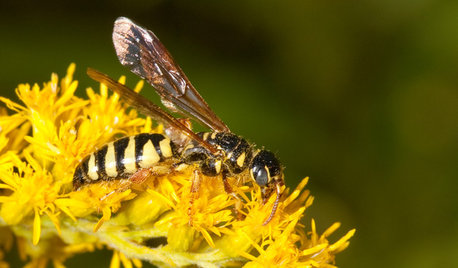
GARDENING GUIDESAttract Thynnid Wasps With Summer-Flowering Native Plants
These beneficial insects will hunt damaging beetle grubs in your lawn
Full Story
GARDENING GUIDES6 Plants That Beat Butterfly Bush for the Wildlife Draw
It's invasive, a nonnative and a poor insect magnet. Check out these better alternatives to butterfly bush in the garden
Full Story
GARDENING FOR BUTTERFLIESGardening for the Bees, and Why It’s a Good Thing
When you discover how hard bees work for our food supply, you may never garden without them in mind again
Full Story
MOST POPULAR11 Nominees for the ‘She Shed’ Hall of Fame
These special sanctuaries let busy women get away from it all without leaving the backyard
Full Story
LIFETell Us: What Made You Fall for Your Kitchen?
Show the heart of your home some love for Valentine’s Day
Full Story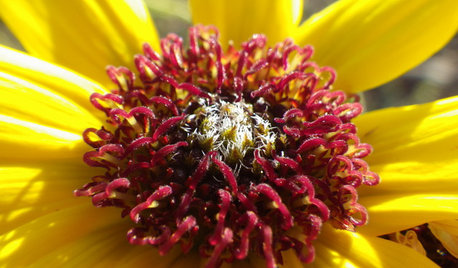
GARDENING GUIDESGreat Design Plant: Helianthus Petiolaris
Short and stunning, prairie sunflower brightens the garden and helps butterflies, birds and more
Full Story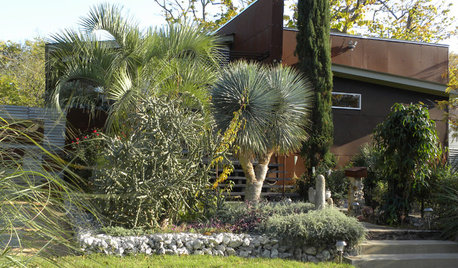
HOUZZ TOURSMy Houzz: Enchanting Eclecticism for a Dallas Artist
Collected treasures, an artful mix of materials and one very large tree make for a one-of-a-kind Texas home and studio
Full Story


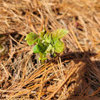
blanesgarden
maineman
Related Discussions
Foliar Feeding
Q
Foliar Feeding
Q
Foliar feeding peppers
Q
Foliar feeding
Q
barrie2m_(6a, central PA)
jbann23
kubotabx2200Original Author